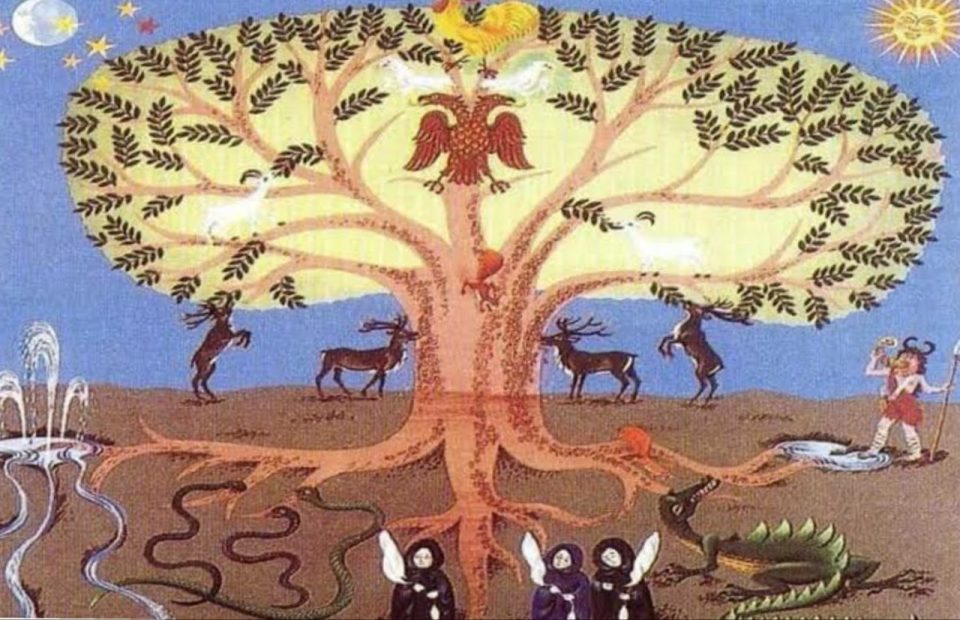Sharks are known for their impressive set of teeth, which play a critical role in their survival. Sharks have the ability to regenerate their teeth continuously throughout their lifetime, and this is a remarkable feat. Unlike humans and other animals, sharks can regrow lost teeth quickly and efficiently. The regenerative ability of sharks’ teeth is a fascinating area of research that has captured the interest of scientists and the general public alike. In this article, we will explore the regenerative ability of sharks’ teeth and the science behind it.
To understand the regenerative ability of sharks’ teeth, we first need to understand their tooth structure. Sharks have multiple rows of teeth that are constantly replaced throughout their lifetime. They have an average of 5-15 rows of teeth, with each row containing around 50-60 teeth. When a tooth is lost, a new one grows in its place, and the process is repeated continuously. The teeth of sharks are not rooted in the jawbone like human teeth, but instead are embedded in the skin of the mouth. This unique feature allows the sharks to lose teeth easily without causing damage to their jaw.
The regenerative ability of sharks’ teeth is due to the presence of specialized cells called odontoblasts. These cells are responsible for the formation of dentin, the hard substance that makes up the bulk of the tooth. When a shark loses a tooth, the odontoblasts in the dental pulp at the base of the tooth start to proliferate and migrate towards the site of the lost tooth. Once they reach the site, they start to deposit dentin, which forms the core of the new tooth. The new tooth is then covered by a layer of enamel, which is produced by another set of specialized cells called ameloblasts. The entire process of tooth regeneration can take anywhere from a few days to a few weeks, depending on the species of shark.
One of the most fascinating aspects of the regenerative ability of sharks’ teeth is the speed at which they can regrow. Some species of sharks, such as the bull shark (Carcharhinus leucas), can regrow their teeth in as little as 24 hours. This remarkable feat is due to the high rate of proliferation of the odontoblasts and ameloblasts. The teeth of other species of sharks, such as the great white shark (Carcharodon carcharias), take longer to regrow, but are still replaced relatively quickly compared to human teeth.
The regenerative ability of sharks’ teeth has been the subject of much research, and scientists are still trying to understand the molecular and cellular mechanisms that underlie this process. One study published in the Journal of Experimental Zoology Part B: Molecular and Developmental Evolution investigated the gene expression patterns in the dental pulp of the lemon shark (Negaprion brevirostris) during tooth regeneration. The researchers found that several genes involved in tooth development and regeneration, including Sonic Hedgehog and Fgf10, were upregulated during the process of tooth regeneration. This study provides valuable insights into the molecular mechanisms that regulate tooth regeneration in sharks.
Another study published in the Journal of Anatomy investigated the structure and composition of the teeth of the white-spotted bamboo shark (Chiloscyllium plagiosum). The researchers found that the teeth of this species of shark contain a unique structure called the osteodentin layer, which is absent in the teeth of other vertebrates. This layer is thought to play a critical role in the regeneration of teeth, as it provides a framework for the deposition of new dentin. This study highlights the importance of understanding the structure and composition of shark teeth in order to better understand their regenerative ability.
The regenerative ability of sharks’ teeth has also attracted the attention of biomedical researchers. The ability of sharks to regenerate their teeth has potential applications in the field of dentistry. For example, scientists are exploring the possibility of using the molecular mechanisms that underlie tooth regeneration in sharks to develop new treatments for tooth loss in humans. The regenerative ability of shark teeth has also inspired the development of new materials for dental implants that mimic the structure and composition of shark teeth.
In addition to their regenerative ability, the teeth of sharks have other remarkable features. For example, the teeth of some species of sharks, such as the tiger shark (Galeocerdo cuvier), have serrated edges that are similar to those of a saw. This unique feature allows them to easily tear through tough prey, such as sea turtles and stingrays. Other species of sharks, such as the sand tiger shark (Carcharias taurus), have needle-like teeth that are ideal for grasping and holding onto slippery prey.
Despite the impressive regenerative ability of shark teeth, not all species of sharks are able to regenerate their teeth continuously throughout their lifetime. For example, some species of deep-sea sharks only have a single row of teeth that are not replaced once they are lost. This is thought to be due to the low availability of food in their environment, which means that they do not need to replace their teeth as frequently as other species of sharks.
In conclusion, the regenerative ability of sharks’ teeth is a fascinating area of research that has attracted the attention of scientists and the general public alike. The unique structure and composition of shark teeth, combined with the presence of specialized cells such as odontoblasts and ameloblasts, allows them to regenerate their teeth continuously throughout their lifetime. The regenerative ability of shark teeth has potential applications in the field of dentistry and has inspired the development of new materials for dental implants. Understanding the molecular and cellular mechanisms that underlie tooth regeneration in sharks may provide valuable insights into the development of new treatments for tooth loss in humans. The study of shark teeth continues to reveal new insights into the remarkable abilities of these ancient creatures.
References
Here are some references from scientific book publications related to the regenerative ability of shark teeth:
1 – Cohn, M. J., & Buxton, P. G. (2009). Evolution of teeth and jaws: a morphogenetic synthesis. Wiley-Blackwell.
2 – Huysseune, A., & Witten, P. E. (Eds.). (2017). Tooth replacement in human evolution, development and application. Springer.
3 – Maisey, J. G. (2012). The development and evolution of shark teeth. Cambridge University Press.
4 – Martin, K. J., & Rasch, L. J. (2018). The development of shark teeth: shedding light on a complex tissue renewal process. In Tooth Enamel (pp. 23-46). Springer.
5 – Smith, M. M., & Johanson, Z. (2016). Origins and evolution of teeth. CRC Press.
6 – Yopak, K. E., & Montgomery, J. C. (Eds.). (2015). The nervous system of cartilaginous fishes: structure and function. CRC Press.
These scientific book publications provide detailed information on various aspects of shark teeth, including their structure, composition, and regenerative ability. They also explore the molecular and cellular mechanisms that underlie tooth regeneration in sharks and provide insights into the potential applications of this research in the field of dentistry.












